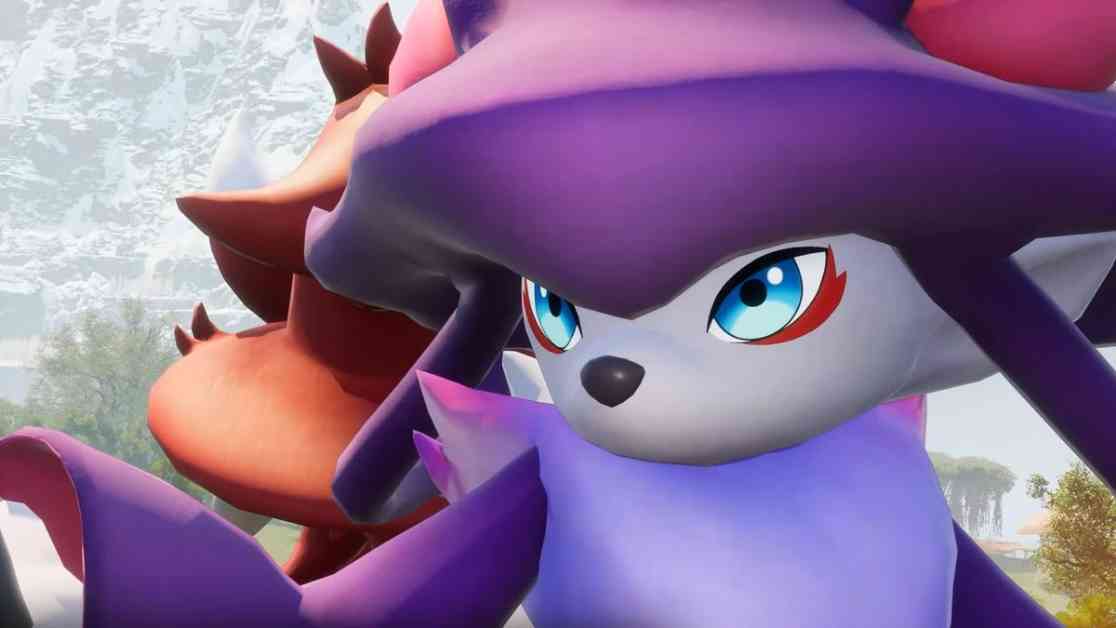Palworld, the highly anticipated open-world creature-collector game, has been confirmed by Pocketpair CEO Takuro Mizobe to not be transitioning to a live-service or free-to-play model. In an interview with ASCII Japan, Mizobe discussed the challenges involved in changing the game’s business model, stating that while a live-service approach could potentially extend the game’s lifespan and increase profitability, Palworld was not originally designed with that in mind. Mizobe recognized the success of free-to-play games with paid elements like skins and battle passes but emphasized that Palworld is a buy-to-play game, making it difficult to shift to a live-service model seamlessly.
Challenges of Transitioning to Live-Service or Free-to-Play
Mizobe pointed out the complexities involved in transforming a paid game like Palworld into a free-to-play service without alienating its existing player base. While games like PUBG and Fall Guys have successfully made the transition, it took them several years to do so. Mizobe acknowledged the benefits of the live-service model for business but stressed that the process is not as straightforward as it may seem. The CEO highlighted the importance of considering the game’s community and ensuring that any changes align with their expectations and preferences.
Response to Player Concerns and Future Monetization Plans
Following the interview, some Palworld players expressed concerns on social media about the possibility of the game becoming a game-as-a-service. In response, Pocketpair clarified that they had already decided against the free-to-play/live-service approach for Palworld. The studio reassured players that their focus remains on making Palworld the best game possible and hinted at potential future monetization strategies such as skins and DLC. While these ideas are still in the conceptual stage, Pocketpair promised to involve the community in discussions as they progress towards implementation.
Exploring Alternative Monetization Strategies
In addition to skins and DLC, Pocketpair considered running in-game ads as a way to generate revenue for Palworld. However, this idea was quickly dismissed due to the negative reception it would likely receive from PC players. Mizobe acknowledged the aversion of Steam users to ads and emphasized the importance of respecting the preferences of the gaming community. By exploring various monetization options, Pocketpair aims to strike a balance between supporting the development of Palworld and maintaining a positive player experience.
Looking Ahead: Future Developments and Expansion
As Pocketpair continues to refine and expand Palworld, the studio remains committed to engaging with the community and incorporating player feedback into their decisions. While the game’s monetization strategy may evolve over time, the core focus remains on delivering an immersive and enjoyable gaming experience. By prioritizing the quality of the game and involving players in key decisions, Pocketpair aims to build on the success of Palworld and establish it as a beloved title within the gaming community.
In Conclusion
Palworld’s confirmation of not transitioning to a live-service or free-to-play model reflects Pocketpair’s commitment to preserving the game’s original vision and maintaining a positive player experience. By considering alternative monetization strategies and engaging with the community, the studio seeks to strike a balance between financial sustainability and player satisfaction. As Palworld continues to evolve, players can look forward to new content, features, and enhancements that enhance the overall gameplay experience.
















